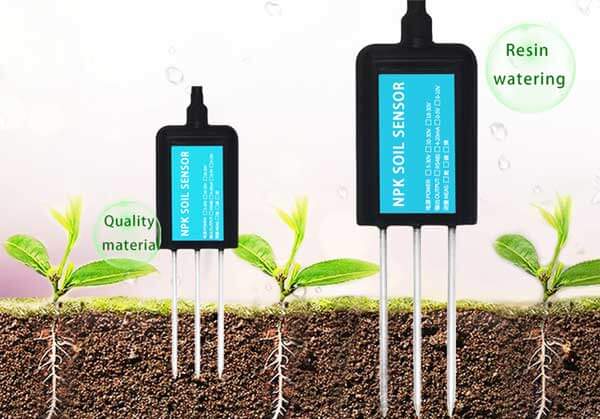In the realm of agriculture, precision farming has emerged as a transformative approach to optimizing crop yields and resource use. At the heart of this revolution are soil sensors, which have undergone significant technological advancements in recent years. This article explores the innovations in soil sensor technology and their implications for crop management.

Enhanced Data Accuracy and Real-Time Monitoring
One of the most significant innovations in soil sensor technology is the improvement in data accuracy and real-time monitoring capabilities. Modern soil sensors are equipped with advanced sensing elements that can measure a wide range of soil parameters, including moisture, temperature, pH, electrical conductivity, and nutrient levels. These sensors transmit data wirelessly to a central platform, enabling farmers to monitor soil conditions in real-time. This real-time data allows for quicker decision-making and more precise management of irrigation, fertilization, and other crop inputs.
Smart Soil Sensors for Predictive Analytics
Another innovation in soil sensor technology is the integration of smart sensors with predictive analytics. These sensors not only collect data but also use machine learning algorithms to analyze patterns and predict future soil conditions. By identifying trends in soil moisture, nutrient levels, and other parameters, farmers can anticipate potential problems and take proactive measures to mitigate them. This predictive capability enhances crop resilience and reduces the risk of yield losses due to environmental stressors.
Wireless Communication and Remote Monitoring
Wireless communication technology has revolutionized soil sensor deployment and data collection. Traditional soil sensors required physical wiring to transmit data, limiting their placement and scalability. However, modern soil sensors utilize wireless communication protocols, such as LoRa, Zigbee, and Bluetooth, to transmit data over long distances without the need for wiring. This enables farmers to deploy sensors across vast fields and monitor soil conditions remotely from their smartphones or computers. The convenience and scalability of wireless soil sensors make precision farming more accessible to a wider range of farmers.
Cost-Effective and User-Friendly Solutions
Innovations in soil sensor technology have also focused on reducing costs and improving user-friendliness. Many manufacturers now offer cost-effective solutions that are easy to install, maintain, and use. These sensors come with intuitive interfaces and mobile applications that guide farmers through the setup process and provide actionable insights based on collected data. By making soil sensors more affordable and user-friendly, these innovations are democratizing precision farming and enabling small-scale farmers to adopt advanced crop management practices.

Conclusion
In summary, innovations in soil sensor technology are driving significant advancements in crop management. Enhanced data accuracy, real-time monitoring, predictive analytics, wireless communication, and cost-effective solutions are transforming the way farmers monitor soil conditions and manage their crops. As these technologies continue to evolve, they will play an increasingly critical role in achieving sustainable agriculture and ensuring food security for future generations. By embracing these innovations, farmers can optimize their crop yields, reduce resource use, and contribute to the preservation of our planet’s precious soil resources.